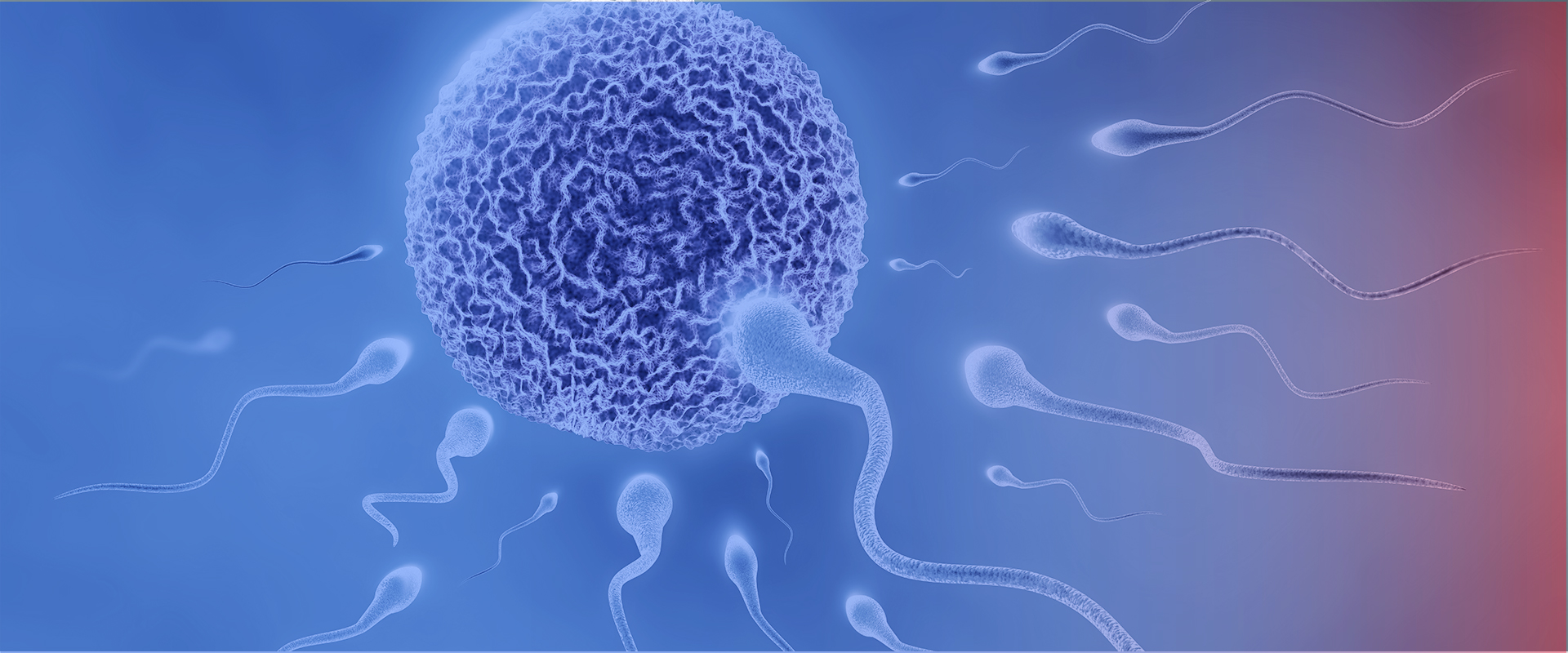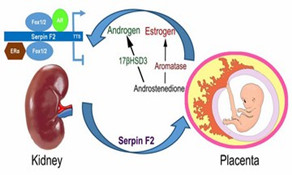
Unravel the critical checkpoints in placental development
Date:2020-05-07 [close]
During pregnancy, the development of the embryo/fetus and the health of the mother critically depend on the placenta. Serving as the interface between the fetal and maternal environments, the placenta is involved in the exchange of gases, nutrients and waste products between the mother and the growing fetus. The placenta also serves as an endocrine organ, producing several pregnancy-associated hormones and growth factors and ensuring the protection of the fetus from maternal immune attack. Moreover, the direct or indirect interactions between the placenta and many maternal organs throughout the gestation are the major aspects of pregnancy adaption, which ensures the health of both the fetus and the mother.
Failures in the regulatory network of placentation will lead to serious clinical abnormities including preeclampsia. It affects approximately 7-10% of pregnancies, and has been the leading cause of maternal morbidity, mortality and new born mortality. This condition is typically diagnosed after 20 weeks of gestation by the presence of non-preexisting hypertension and proteinuria in the mother and is accompanied by problems in multiple organs. Although preeclampsia is considered to be a late-pregnancy disorder based on clinical data, the molecular events leading to its onset have been suggested to occur early in pregnancy. The poor development of the early placenta and utero-placental blood supply occurs in the first half of pregnancy when there are no clinical features of the disorder. The second stage is the manifestation of the maternal signs of the condition that arises from factors released by the placenta as it is placed under an increasing amount of oxidative stress. Currently, the major challenge is to effectively diagnose the condition early, and to develop preventive and therapeutic strategies that will minimize the burden of PE, all of which will largely depend on the in-depth study of its pathogenesis. Moreover, by unraveling the molecular basis of PE, we will gain vital information about the critical checkpoints in placental development that governs pregnancy outcome.
The major research interests in my lab are: 1) to reveal the regulatory mechanisms of placental trophoblast cell differentiation and maternal pregnancy adaptation, 2) to explore the mechanisms involved in the immune cell-trophoblastic cell interactions at the feto-maternal interface, 3) to figure out pathogenesis of the clinical complications including preeclampsia (PE) and recurrent spontaneous abortion (RSA).
